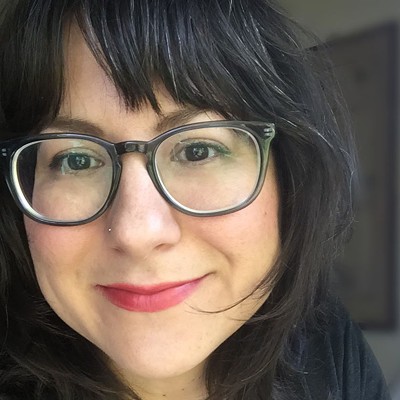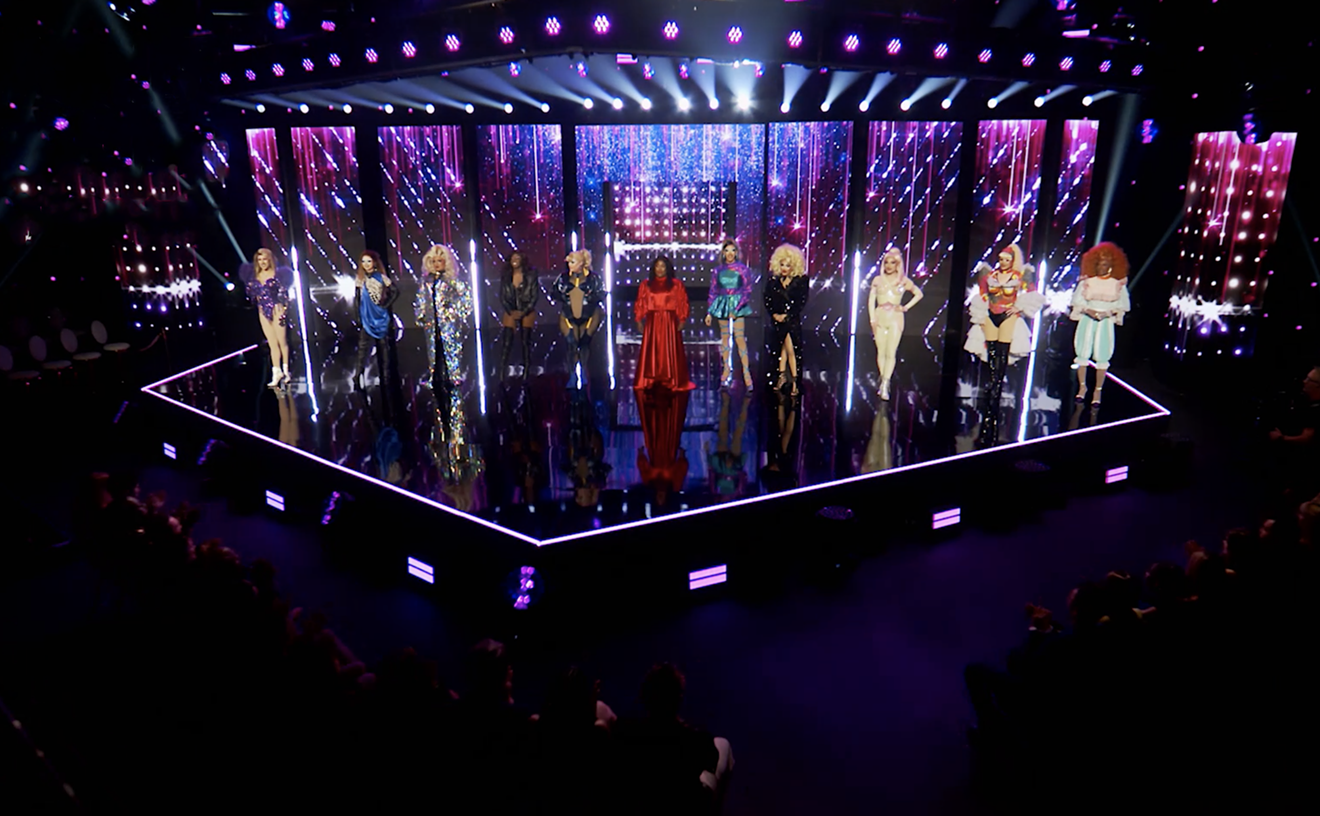Two years ago, during the Zika virus outbreak, Danielle Bender was worked up about the practice of spraying the insecticide Naled overhead to kill infected mosquitoes. "There was a period where I didn't see any birds, lizards, bugs, nada," she recalls of that time in her neighborhood. It made her think about the bees who lived there too. Studies showed that the pesticide could kill them, though other experts argued that fact didn't constitute a crisis.
How had the bees been affected, Bender wondered. And what would happen to her local ecosystem if they were?
That's when Bender got the idea to create Public Hives, a project that places beehives in public spaces in Opa-locka, Allapattah, and Little River, with an artistic slant.
Bender had been working as a Jane-of-all-trades at Bas Fischer Invitational (BFI), a roving artist-run gallery, for five years and recently transitioned to the role of education manager at the Wolfsonian in Miami Beach. Her background in arts management helped her pitch and put her plan for Public Hives into effect. Her work at BFI familiarized her with the Miami Foundation's Public Space Challenge, which she won with her idea.
Public Hives not only puts beehives in public spaces but also invites the community to attend weekly hive observations. The hives are surrounded by bee-friendly plants and trees that beautify the area. "Pollinator-centric artist commissions," AKA artwork decorating the exterior of the hives, also make the bees' homes more attractive to humans. Finally, Public Hives includes a mentorship program that pairs experienced beekeepers with neighbors interested in the art of beekeeping.
Bender builds all of the hives herself and takes them to local artists; so far, participating creatives have included Serge Toussaint, Reginald O'Neal, Nicole Salcedo, and Addonis Parker. The artists paint the hives before they're placed and populated with bees. Bender collaborated with the women of University of Miami's School of Architecture to create "native bee hotels."
"The women were given a presentation about native, solitary bees and designed three different prototypes of native bee hotels that could be easily built," she explains. 'We had a 'build-a-bee' workshop, where over 45 attendees were able to come out, build their own bee hotels, take them home, and support native pollinators in their own backyard."
The related artistic projects were funded by the prestigious Locust Projects' Wavemaker Grant. "A traditional scientific approach to programming isn't always the most accessible entry point for something like bees," Bender says. "If I can find a way to draw someone in through the arts, we're all learning, an artist is getting a commission, and we are beautifying what would otherwise be a blank wooden box."
Artists Thom Wheeler and Emilie Milgrim of the audio and printmaking project Archival Feedback created a workshop for Public Hives. They provided two recording sessions onsite. "The second session included participants being able to plug in and hear the noise coming from a contact mike that was placed inside the beehive," Bender explains. She's devising other workshops; one idea is to commission artist Franky Cruz to create a butterfly garden at the Opa-locka location.
The Public Hives project has been an education for Bender, who was in no way a bee expert before she undertook this endeavor. "One of the major things I learned through this journey is that honeybees aren't the ones critically endangered, but I still consider it a win. People gravitate towards honeybees cause they can get honey from them, so if it provides a fun intro and makes them reconsider spraying pesticides or makes them plant pollinator-friendly plants, that is a win for me."
After the Naled spraying ceased a couple of years ago, she says, "native bees showed up everywhere. I planted a mini wildflower meadow — I'm talking four feet by four feet — and it's constantly buzzing with a variety of wasps and bees."
She'd like to keep it that way.
Visit publichives.org to sign up for hive visits.
[
{
"name": "Air - MediumRectangle - Inline Content - Mobile Display Size",
"component": "19274298",
"insertPoint": "2",
"requiredCountToDisplay": "2"
},{
"name": "Editor Picks",
"component": "17482312",
"insertPoint": "4",
"requiredCountToDisplay": "1"
},{
"name": "Inline Links",
"component": "18711090",
"insertPoint": "8th",
"startingPoint": 8,
"requiredCountToDisplay": "7",
"maxInsertions": 25
},{
"name": "Air - MediumRectangle - Combo - Inline Content",
"component": "17482310",
"insertPoint": "8th",
"startingPoint": 8,
"requiredCountToDisplay": "7",
"maxInsertions": 25
},{
"name": "Inline Links",
"component": "18711090",
"insertPoint": "8th",
"startingPoint": 12,
"requiredCountToDisplay": "11",
"maxInsertions": 25
},{
"name": "Air - Leaderboard Tower - Combo - Inline Content",
"component": "17482313",
"insertPoint": "8th",
"startingPoint": 12,
"requiredCountToDisplay": "11",
"maxInsertions": 25
}
]













